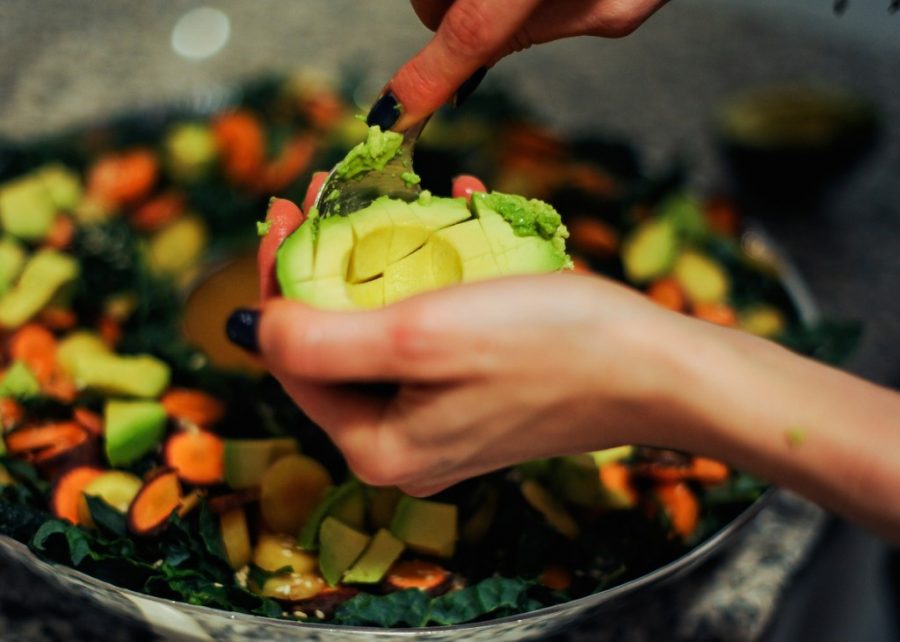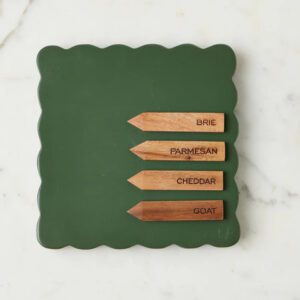
Written by Guest Nutritionist Casey Simmons:
Hi FH Fans! I’m back this week with some simple tips and surprising solutions to keeping that beautiful body. As I have mentioned to you before, a healthy diet is the number one most effective way to begin feeling healthy as 80% of health is from the kitchen, and 20% is from the gym. Therefore, today I am going to provide you with some simple healthy eating tips and ideas to get you started!
Grains are divided into two subgroups, refined grains and whole grains. Refined grains have been processed in a mill to remove the bran and germ. This processing gives the grain a finer texture to improve its shelf life but also removing fiber, iron, and vitamins. Whole grains contain the entire grain kernel (the bran, germ, and endosperm) and are very nutritious. Examples of gluten-free whole grains that are commonly available include whole cornmeal, brown rice, buckwheat, and quinoa. People who eat whole grains as a part of their diet have an extremely reduced risk of chronic diseases such as heart disease, cancer, and diabetes.
Here are three ways to incorporate more whole grains into your life:
1. Mix it up with whole grains. Use whole grains in mixed dishes, such as barley in vegetable soups or stews; bulgur wheat in casseroles or stir-fries. Try a quinoa salad or pilaf! 2. Know what to look for on the ingredients list. Read the ingredients list and choose products that name a whole grain ingredient first on the list. Look for “whole wheat,” “brown rice,” “bulgur,” “buckwheat,” “oatmeal,” “whole-grain cornmeal,” “whole oats,” “whole rye,” or “wild rice.” 3. Be a smart shopper. The color of a food is not an indication that it is a whole-grain food. Foods labeled as “multi-grain,” “stone-ground,” “100% wheat,” “cracked wheat,” “seven-grain,” or “bran” are usually not 100% whole-grain products, and may not contain any whole grain.It’s easy to eat more vegetables! They provide immense vitamins and minerals and most are very low in calories, so there is no reason to stay away from these puppies.
Here are three simple ways to fit more vegetables into your everyday meals:
1. Be ahead of the game. Cut up a batch of bell peppers, carrots, or broccoli. Pre-package them to use when time is limited. You can enjoy them on a salad, with hummus, or in a veggie wrap. 2. While you’re out. If dinner is away from home, no need to worry. When ordering, ask for an extra side of vegetables or side salad instead of the typical carb-loaded, nutrition- shy side dish. (Make sure to ask for steamed vegetables without butter.) 3. Stock up on veggies. Canned vegetables are a great addition to any meal, so keep on hand canned tomatoes, kidney beans, garbanzo beans, mushrooms, and beets. Select those labeled as “reduced sodium,” “low sodium,” or “no salt added.”Fruits fruits fruits! Along with eating whole grains, fruits can also decrease the risk of heart disease, cancer, and even obesity. Fruits provide nutrients such as potassium, fiber, vitamin C, and folic acid that are vital for health. Fruits are naturally low in fat, sodium, and calories, and none have cholesterol, so eat up! Need help incorporating more fruits into your diet?
Here are a few tips:
1. Include fruit at breakfast. At breakfast, top your cereal with bananas, peaches, or strawberries; add blueberries to pancakes; drink 100% orange or grapefruit juice. Or, try a fruit mixed with fat-free or low-fat yogurt. 2. Keep your fruits safe. Rinse fruits before preparing or eating them. Under clean, running water, rub fruits briskly to remove dirt and surface microorganisms. After rinsing, dry with a clean towel, put in storage and bring them on-the-go! 3. Keep visible reminders. Keep a bowl of whole fruit on the table, counter, or in the refrigerator. And make sure to buy fresh fruits in season when they may be less expensive and at their peak flavor.Now with protein foods, variety is key. Protein foods include both animal (meat, poultry, seafood, and eggs) and plant (beans, peas, soy products, nuts, and seeds) sources. The ideal daily protein intake for an adult is 0.8-1.5 grams of protein per pound of body weight so at the end of the day, that’s quite a lot of protein.
Let me share some tips on enjoying your protein:
1. Eat Seafood twice a week. Eat seafood in place of meat or poultry twice a week. Select a variety of seafood—include some that are higher in oils and low in mercury, such as salmon, trout, and herring. 2. Eat plant protein foods more often. Try beans and peas (kidney, pinto, black, or white beans; split peas, chickpeas; hummus), soy products (tofu, tempeh, veggie burgers), nuts, and seeds. They are naturally low in saturated fat and high in fiber. 3. Check the sodium. Many processed meats—such as ham, sausage, and hot dogs are high in sodium. All natural, preservative-free chicken, turkey, and pork tend to have lower sodium. Make sure you choose low-sodium, lean, or low-fat cuts of meat that is at least 90% lean.I love sharing tips and tricks with you all so I hope you take advantage of them by incorporating them into your lives. With the holidays right around the corner, make sure you’re eating healthy as your eyes and stomach become filled with a delicious feast. Enjoy and Happy Holidays!








